Moondrop Aria vs Snow Edition comparison
The Moondrop Aria is probably the most popular pair of IEMs on sale today. Known for its exceptional tuning and affordable price, this pair has essentially ruled every audiophile recommendations list since it launched early last year.
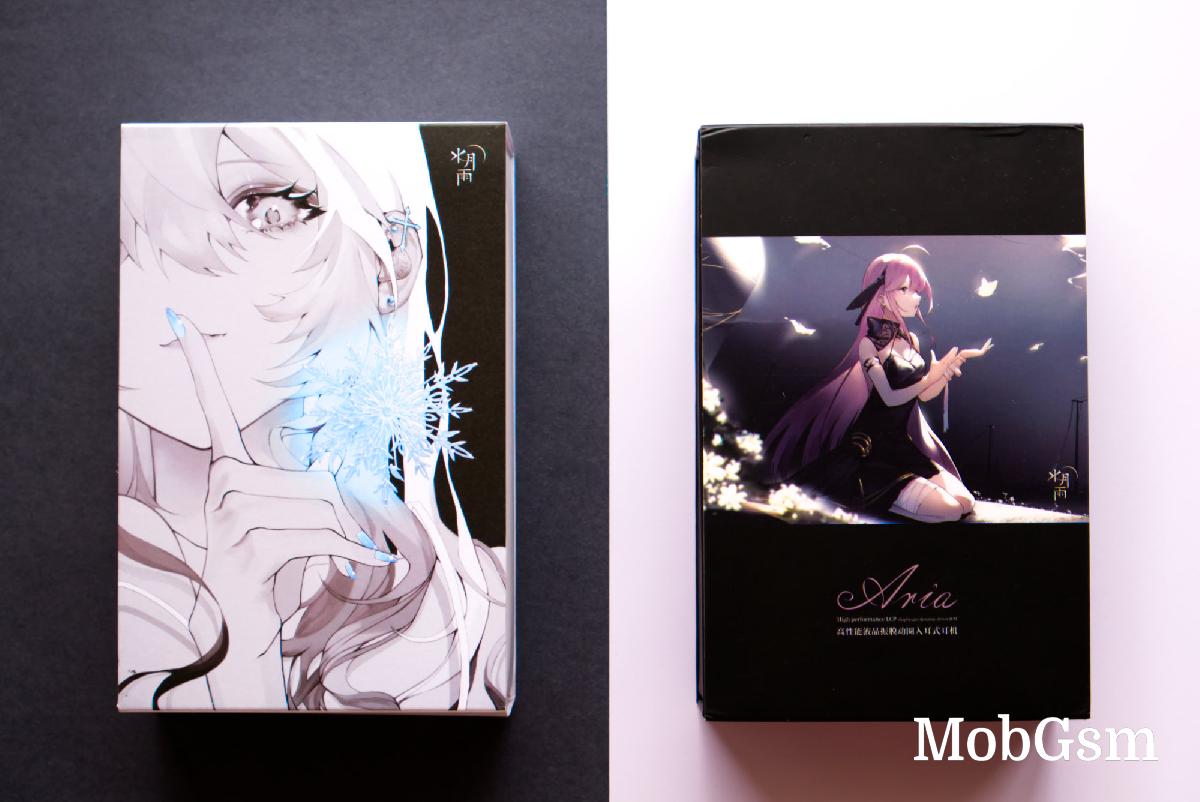
This year, Moondrop launched a differently tuned version of the Aria, called the Snow Edition. Apparently, some audiophiles took offense to the rather populist tuning of the Aria and wanted more precision and neutrality in the sound. So that"s exactly what Moondrop did and placed giant snowflakes on the sides of the earbuds so everyone knows who they are for.
Thinly veiled insults aside, we now have two fairly different variants of the same IEM, designed to appeal to the two main camps of the audio world. One that strives for neutrality and the other for fun. Let"s see how they perform.
Design
Both variants of the Aria have the same basic design that"s made out of a solid block of aluminum and makes a loud thud when it hits your desk. The difference is primarily in color and finishes, with the standard Aria only coming in black with a gold pattern and the Snow Edition in silver with an intricate snowflake design. The Aria also has a rougher texture while the SE has a smoother finish.
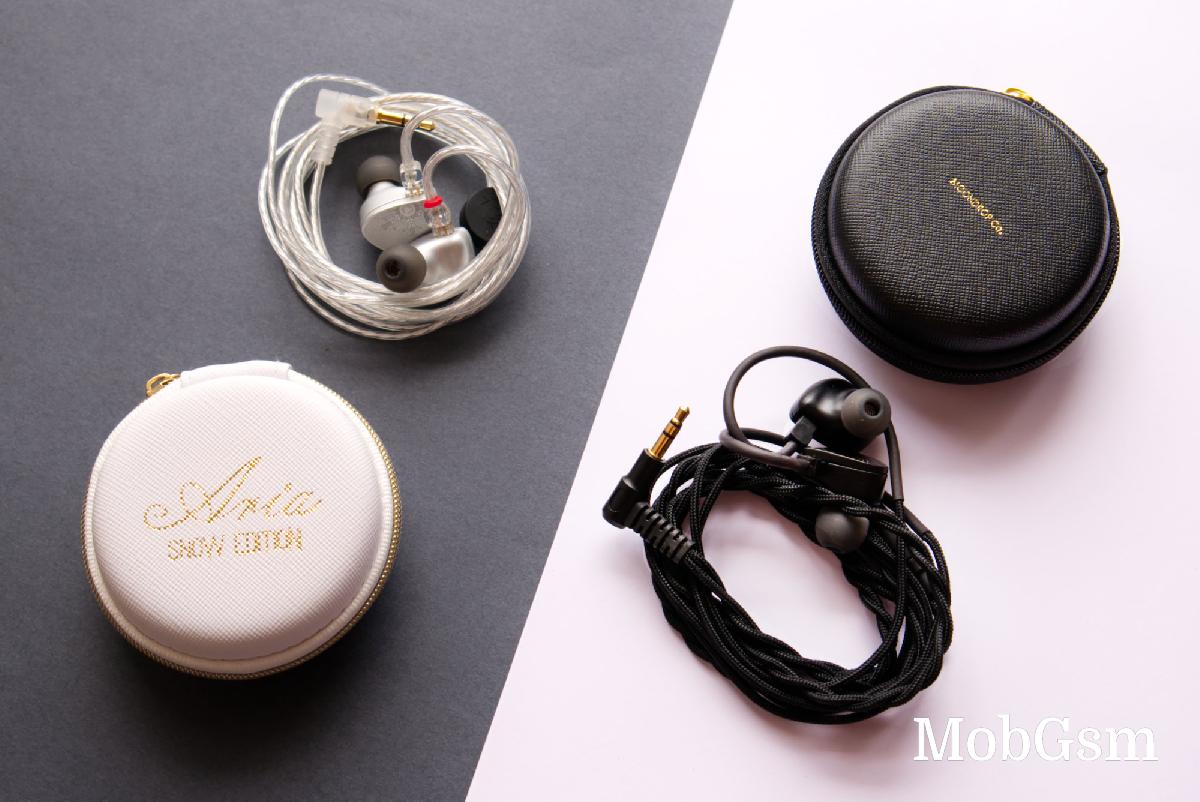
Having owned Moondrop IEMs and also seeing other people"s Arias, I can say that the finish on these will not last. The standard Arias eventually lose a lot of their luster as they rub against your ears and the paint starts chipping and peeling. I"m not sure if the same will happen with the SE but it"s possible.
Aside from the paint, the main difference visually between the two is the cable. Both IEMs use standard recessed 2-pin connectors but the Aria come with a black nylon braided cable while the SE come with a silver coated plastic cable.
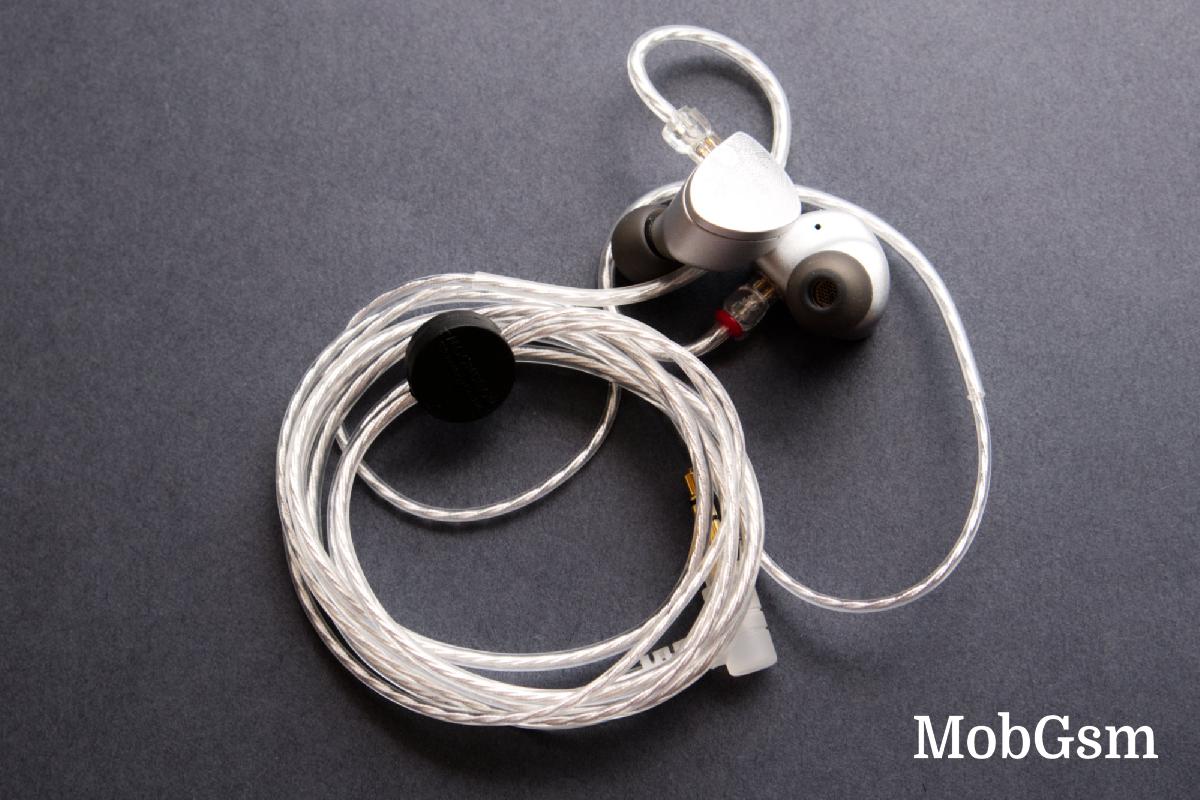
The SE cable is fine. It"s thin and lightweight and generally unnoticeable once you wear it. It does get tangled easily and tends to retain its shape a bit.
The Aria cable is thicker and heavier. It also has greater microphonics and is more easily heard rustling against your clothes in your ear. It does feel a lot nicer, however, and also rarely gets tangled. The splitter for L-R cables has a nice metal termination point and another metal bit to keep the two cables together. The jack at the end also has a sturdier rubber coating. It"s definitely a nicer cable and feels more expensive than the one that comes with the SE.
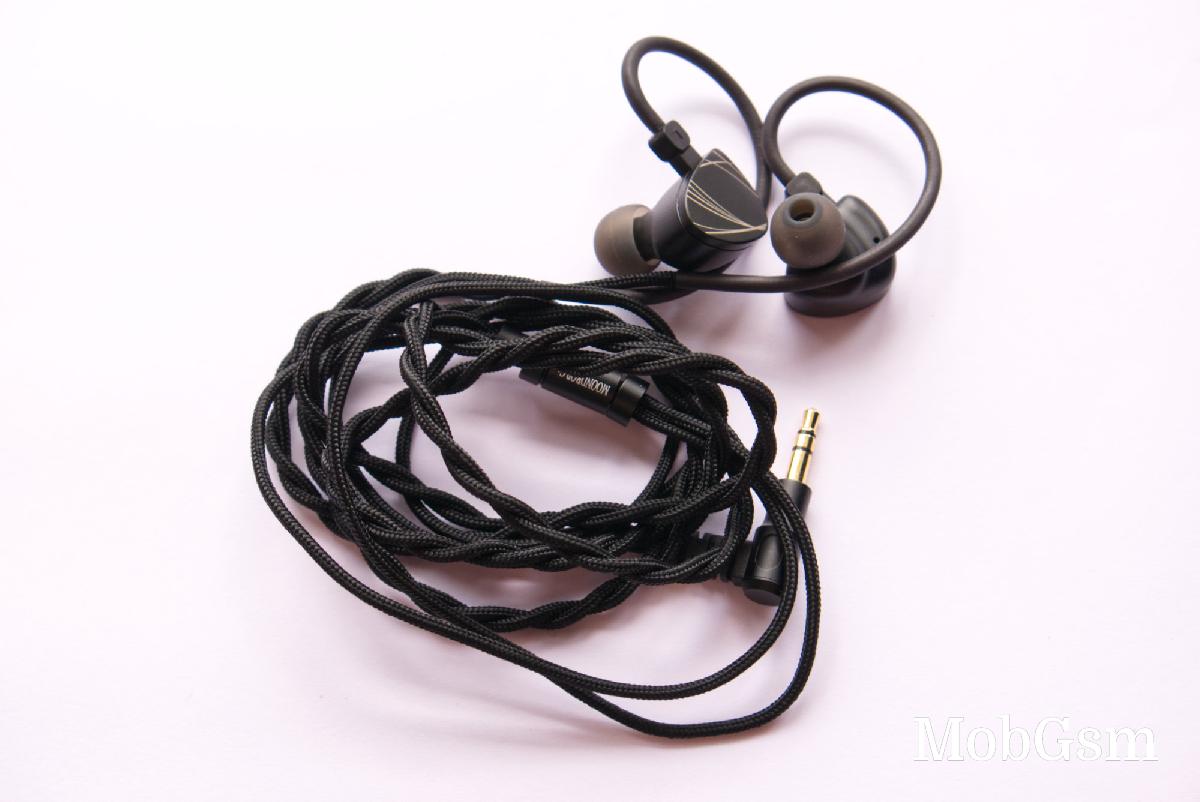
Both IEMs come with a compact carry case. It"s a bit small so you do have to aggressively wind both cables to fit inside, which also encourages tangling and kinking on the SE cable. The thicker Aria barely fits inside its case and definitely required a larger housing. The cases have a pocket for placing ear tips and perhaps an optional tip cleaner.
Overall, both the Arias are generally well-made IEMs despite their sub $80 pricing but unless Moondrop has made some improvements, expect the paint to come off after about a year.
Comfort
The core design of the Aria is extremely comfortable. Both IEMs sit very well inside your ear and feel like they were custom-made for it. The weight is manageable and they don"t stick out too much. The standard silicone ear tips they come with are also good enough.
The differences come from the cables, with the SE having a tackier cable that"s harder to curve around your ears and doesn"t feel as nice as the rubberized ear hooks on the standard Aria cable. But as mentioned before, the SE cable is lighter whereas you definitely constantly feel the presence of the heavier Aria cable on your chest. It also just gets more in the way due to its thickness.
Fortunately, you can always just swap out the cable with your own if you want a different design, texture, or length, or want to use a balanced connection.
Performance
After spending the first few minutes with the standard Aria, it"s easy to see why they are so popular. It"s as if the frequency response was tuned by the hand of God itself and there"s basically nothing you can complain about.
The Moondrop Aria have a slightly v-shaped audio signature. Both the bass and treble frequencies have been boosted over reference but in a meticulous, "we have been doing this sh*t for years" way that few companies can. Admittedly, Moondrop has essentially reused its tuning from the Starfield, which itself was tuned after the KXXS, so they really have been doing this exact same sound with minor refinements over several years.
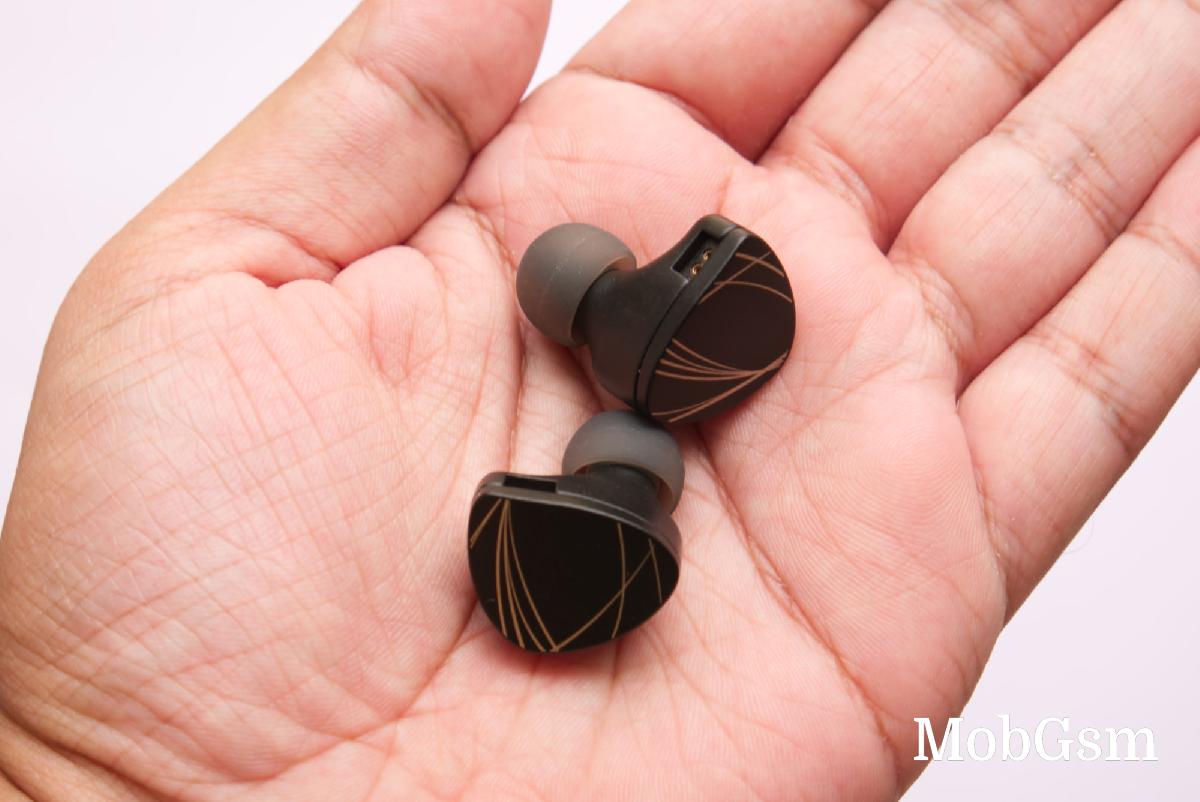
The end result is a tuning that"s borderline perfection. The bass has a nice heft and rumble to it but never once gets overpowering or bloated. The treble has a good amount of sparkle and airiness without ever being sibilant or harsh. The mid-range is ever so slightly pulled back, just enough to subtly shift focus towards the bass and treble frequencies but without being drowned out or creating a hole in the middle.
As a result, the sound is very dynamic and lively while still having a reasonably faithful representation of the source audio. And that"s the beauty of Aria"s sound, where you don"t feel like you are compromising the integrity of the original recording in order to have a fun sound. It"s essentially the best of both worlds.
Switching from the standard Aria to the Snow Edition initially feels like someone drained all color from the world. It always reminds me of switching a phone"s display from the standard vivid profile to a more accurate sRGB mode. It"s almost offensive at first.
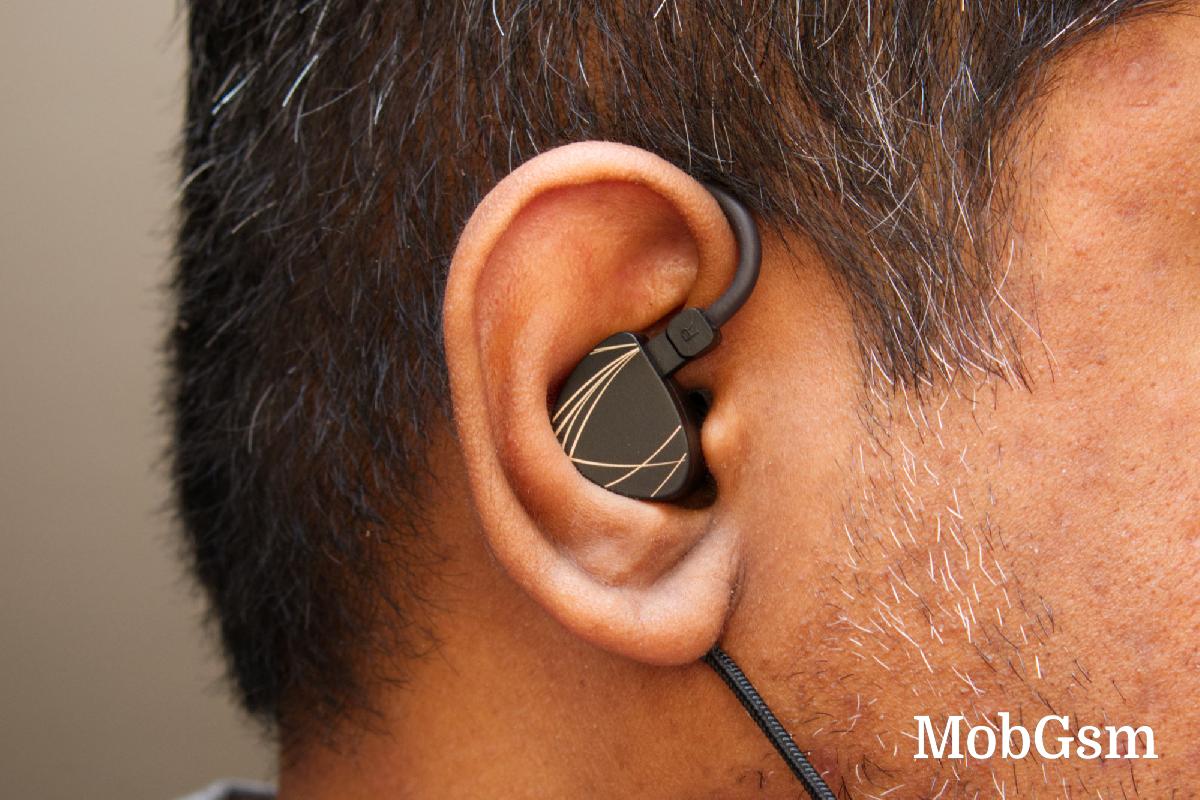
But spend more than a few minutes listening to it and your brain gets acclimatized and you realize the SE sound is a revelation of its own. The drivers use a higher rigidity DLC composite diaphragm and are tuned to Moondrop"s VDSF target that is designed to reproduce a more accurate, neutral sound.
The result is a sound that is a breath of fresh air, especially in the budget audio segment. The SE has exceptional timbral characteristics, with most vocals and instruments sounding just right and perfectly natural. The treble has a more natural flow to it without adding extra sparkle or energy at the top. And while the bass has an extremely minor boost to it, it is remarkably clean and exceptionally well-controlled.
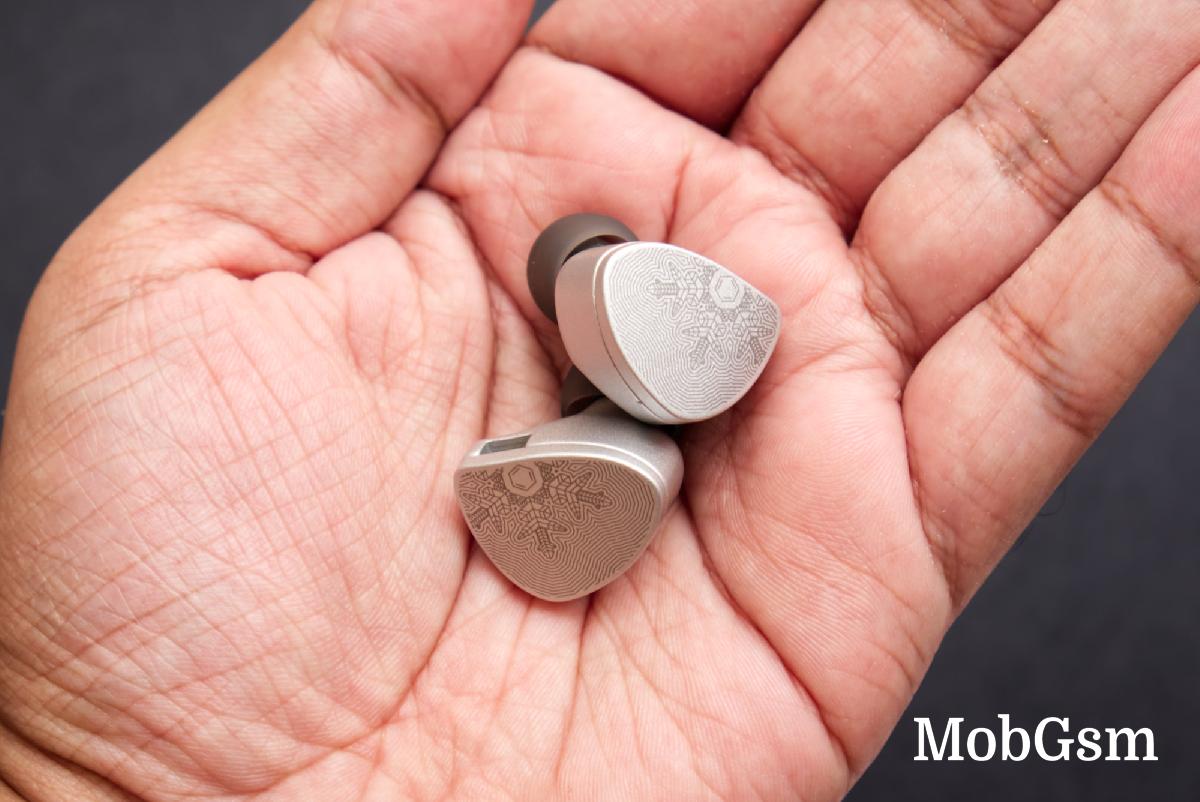
The mid-range performance is fantastic. As the SE does not have as much energy in the lows and the highs, the sound initially comes across as more mid-forward but you soon realize that it isn"t as much emphasized as "correct". There really aren"t any notable spots of emphasis or depression across the audible frequency range, leading to a very even if somewhat boring presentation.
The overall sound is just really transparent, to the extent that it doesn"t even feel like you are listening through something but rather just directly to the source audio itself. The drivers just dissolve in your ears and get out of the way, letting you focus on the original sound. It is remarkably unremarkable in the best possible way, as the earbuds minimize adding any personality to the sound in the pursuit of accuracy.
If the Aria are like shuriken, the Snow Edition are like a scalpel. I wouldn"t even mind recommending them for occasional mastering or monitoring purposes, as they really are just that good.

Switching back to the standard Aria is like bumping up the color saturation again. At first, it feels a bit gaudy compared to the SE but Moondrop"s masterful tuning wins you over quickly and it"s easy to lose yourself in the music.
In terms of technical performance, there isn"t a ton of difference between the two. Both are reasonably well-resolving with good imaging performance. Soundstaging is unremarkable, as expected from an IEM design, but both still sound reasonably spacious so as to not be claustrophobic. Really, the main difference is going to come down to the tuning.
Conclusion
If you are interested in the IEM world, there"s a good possibility you already own the standard Moondrop Aria. If not, then it should be high on your shopping list as they really are a fantastic pair of earphones and a must-have for anyone with $80 to spare.
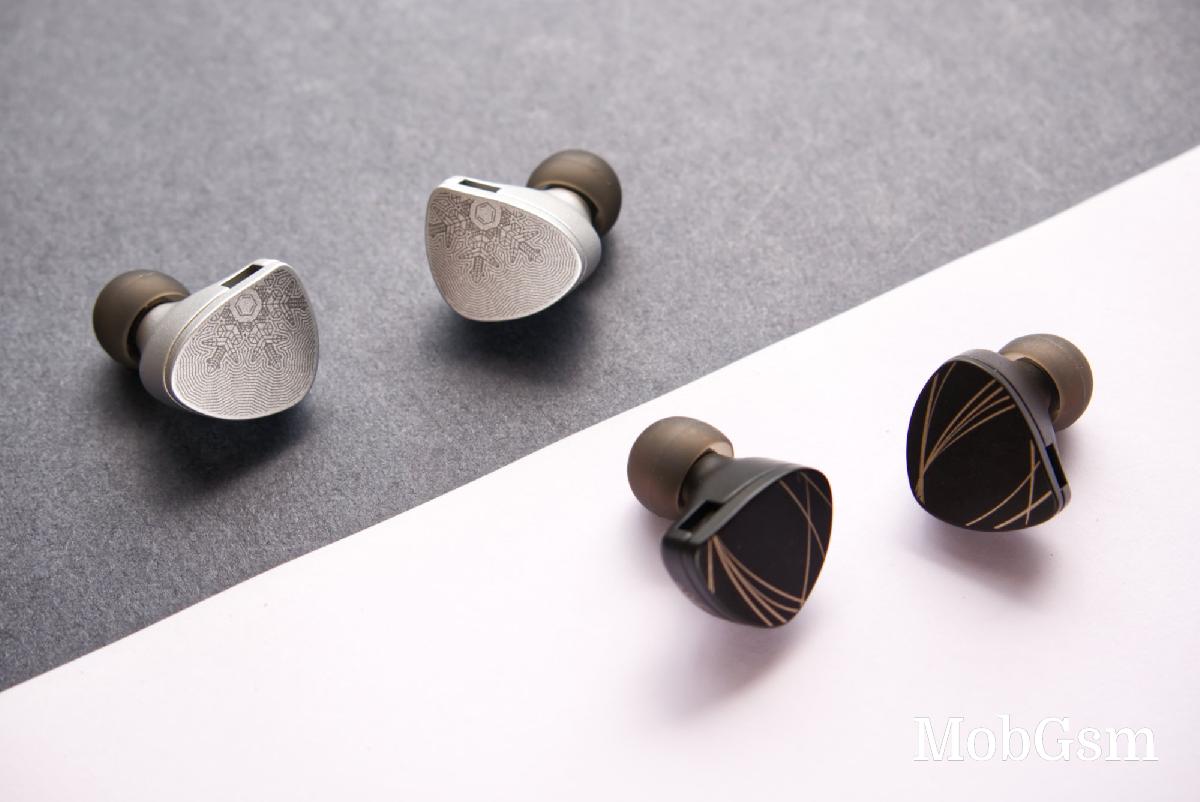
As for the Snow Edition, this one really is for the purists. I can"t imagine a lot of people having a problem with the standard Aria tuning but for those who do I imagine the Snow Edition would appeal immensely. It"s unapologetic precision with just the right amount of fun mixed in. Coming in at the same $80 price as the standard model, the SE is proof that you can have quality audiophile-grade sound without breaking the bank.
Regardless of which you pick, the two Arias are exceptional products and well worth their asking price.
Thanks to Headphone Zone for providing the review units.




